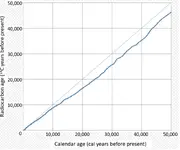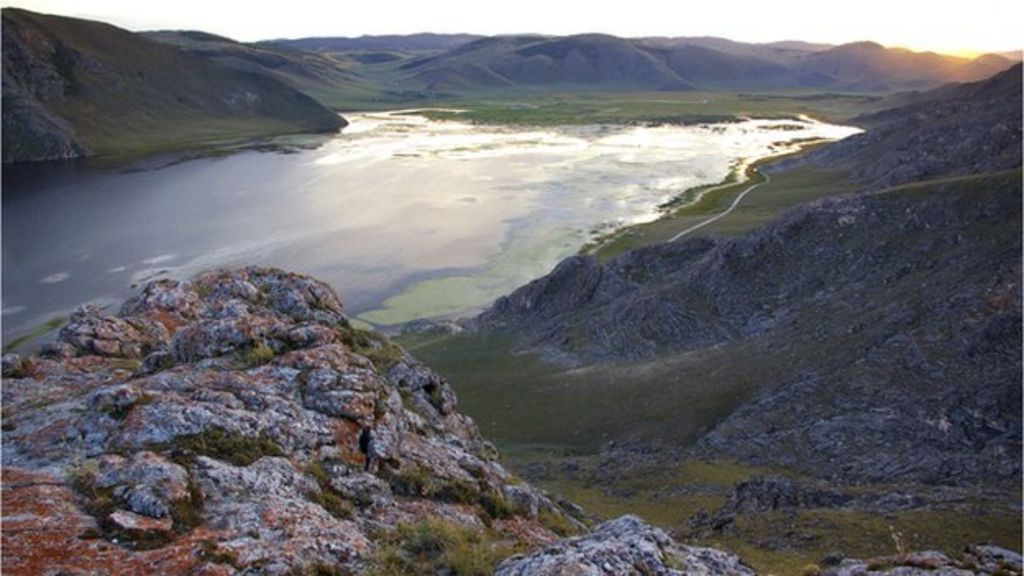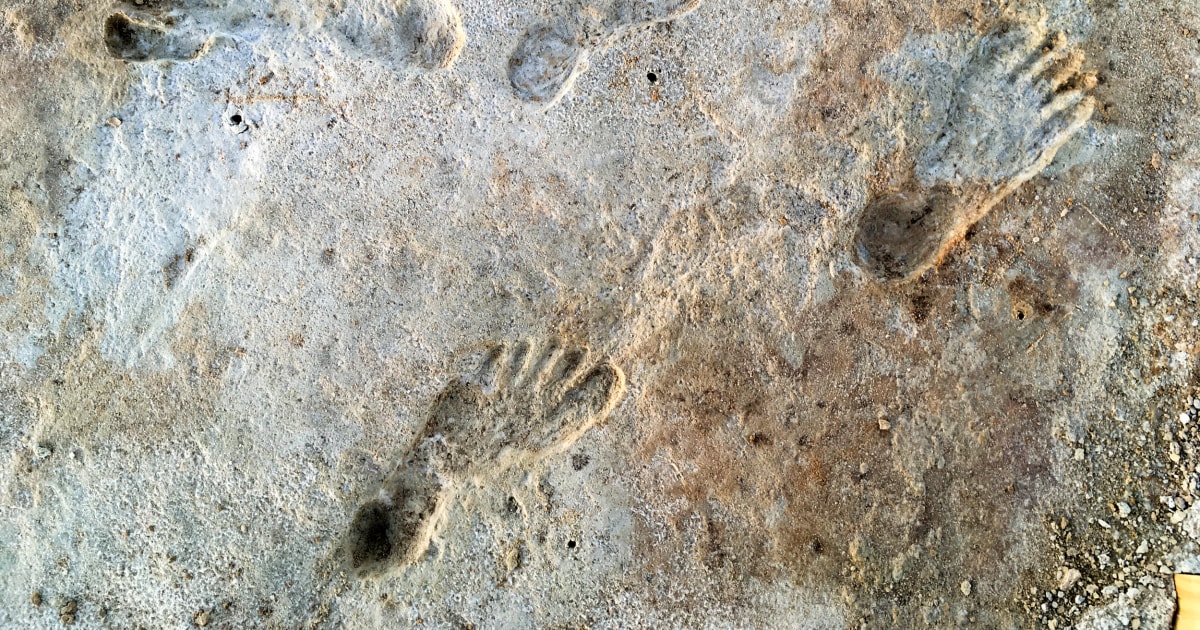While I enjoyed Mr. Crook's lecture on Clovis vs Pre-Clovis (thanks to Uniface for the link and recommendation) I struggled to keep dates and ages straight. It reminded me of one of the first frustrations I experienced in learning something about artifacts & archeology: can't we all please use the same date/age conventions when speaking or writing about antiquity?
One archeological site highlighted by Crook is the famous Meadowcroft Rock Shelter near Pittsburgh. Crook adds confusion with a statement at about 31:00 of the video lecture: in discussing the age of Meadowcroft, he states, "19,600 years ago, that's what BP means is (sic) 'before present', so 7,000 BC." I think he meant to say "17,000 BC". Okay, we all misspeak at times. But someone in the audience is allowed to politely speak up and correct him!
But even more confusing is Crook's use of the terms "BP" and "years ago" as if they are interchangeable and equivalent. He speaks "19,600 years ago" while his PowerPoint slide reads "19,600 BP." They are simply not the same.
"BP" means more than 'before present', with 'present' established at 1950! By convention, it means radiocarbon years before present. Radiocarbon years and actual calendar years are not the same. Radiocarbon years must be converted - calibrated - to determine their equivalent in true calendar years. This has to do with the changing ratio of carbon isotopes in Earth's atmosphere during ancient times compared to modern times. (Alterations in Earth's magnetic field and the burning of fossil fuels are two factors thought responsible for this change.)
The chart below shows that radiocarbon years underreport actual calendar years, especially as dates get older. So, for example, 20,000 radiocarbon years ago is roughly equal to 24,000 actual calendar years ago, etc.
To avoid confusing radiocarbon years and actual calendar years, actual calendar years (that is, calibrated radiocarbon years) are to be reported – by convention – in one of several forms: cal BC, cal AD, cal BP, or cal C14. (And to be precise, ‘cal’ used in this manner means ‘calibrated’ not ‘calendar.’) And when spoken, like in Crook’s lecture, care must be taken to distinguish ‘radiocarbon years’ or ‘years BP’ from actual calendar years.
I believe Crook improperly conflates the two different types of years. For Meadowcroft, Dr. Adovasio’s published age of 16,000 BP (those are, by using the BP convention, radiocarbon years) calibrates to about Crook’s spoken “19,600 years ago.” However, his PowerPoint written phrase of “19,600 BP” is incorrect: that would calibrate to about 23,000 calendar years ago!
Conflating terminology and ignoring academic reporting conventions, particularly in a lecture about Clovis first controversy, confuses those who want to learn more about the topic.









